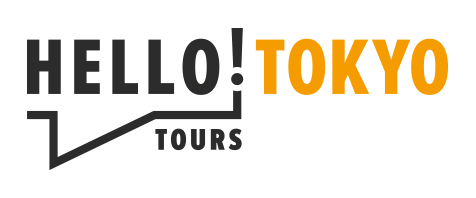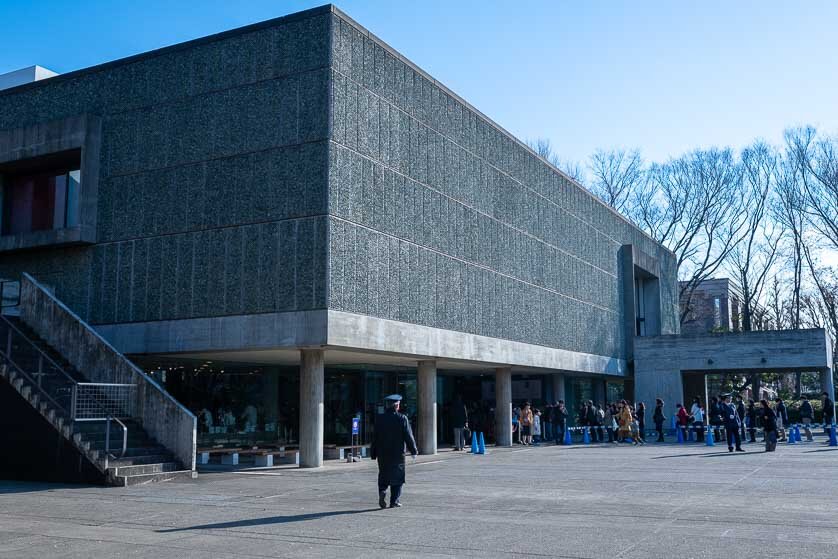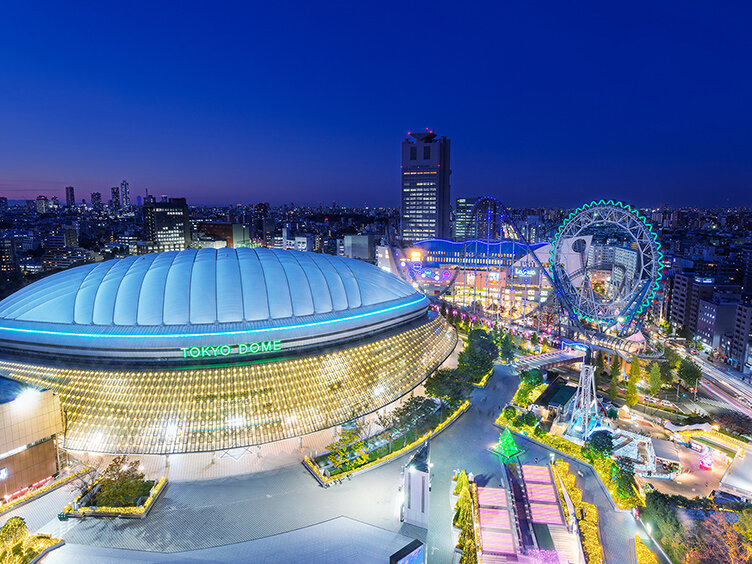The current Imperial Palace sits at the former site of the Edo Castle surrounded by large moats and stone walls. It’s a short walk from Tokyo Station and is the household of the Imperial Family. The Edo Castle used to be occupied by Shogun Tokugawa who ruled Japan from 1603 - 1868. In 1868, the shogun was overthrown in what is known as the Meiji Restoration, and the country’s capital and Imperial Family moved from Kyoto to Tokyo. The palace was built in 1888, but destroyed once during the Second World War. It was rebuilt to it’s exact same style right afterwards.
Today, parts of the Imperial Palace are opened to the public. The inner grounds are usually closed except on January 2nd for a New Years greeting and on February 23rd for the Emperors birthday. The Imperial family makes appearances from a balcony on these special occasions. You can take a stroll around the Imperial Palace East Gardens, see the many bridges and moats from hundreds of years ago or even visit the Museum of Imperial Collections.
Entrance Fee: Free
Photo credit: Japan Guide
Address: 1-1 Chiyoda, Chiyoda City, Tokyo 100-8111
Hours: Closed Sunday and Monday, 9:00am - 11:15am, 1:30pm - 2:45pm
Website: https://sankan.kunaicho.go.jp/english/index.html
How to get there: There are several gates to enter from, but the Otemon Gate is the main entrance. It is a 5 minute walk from the Otemachi Station on the Chiyoda, Tozai, Hanzomon, Marunouchi and Mita subway lines. It’s a 15 minute walk from Tokyo Station.


















